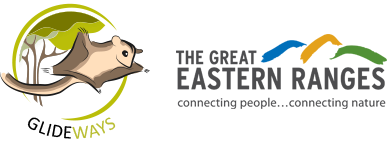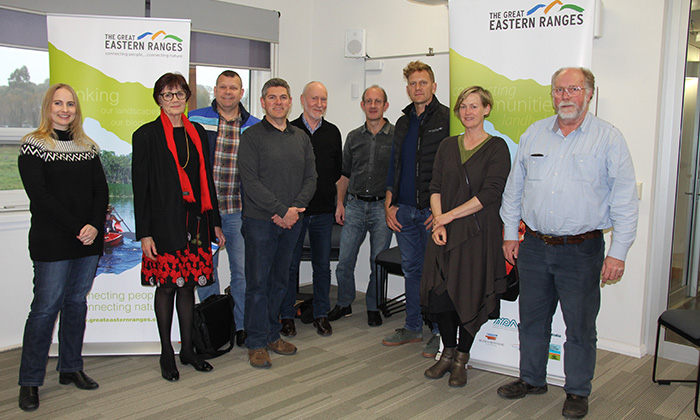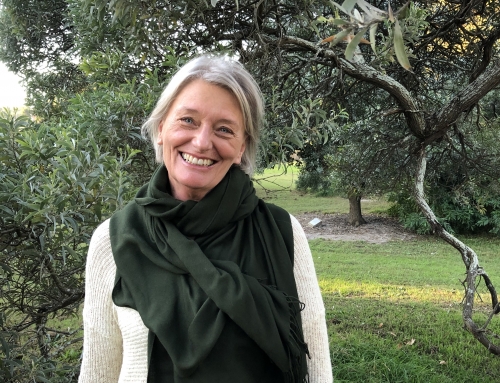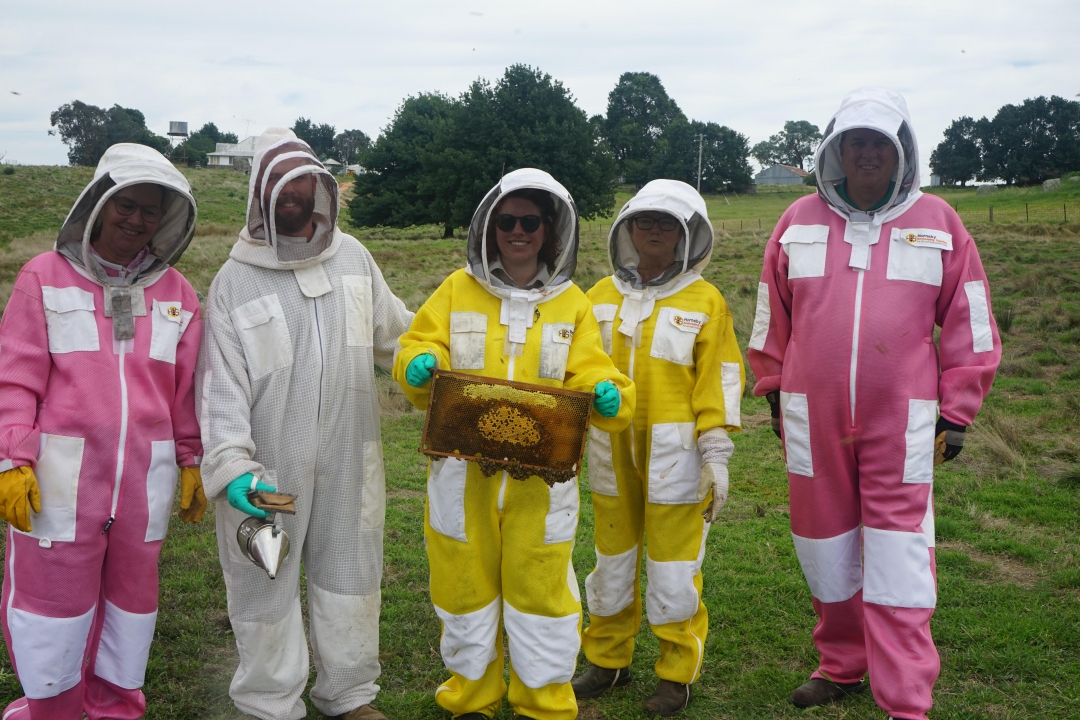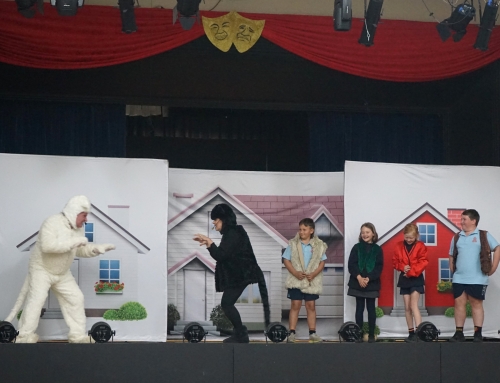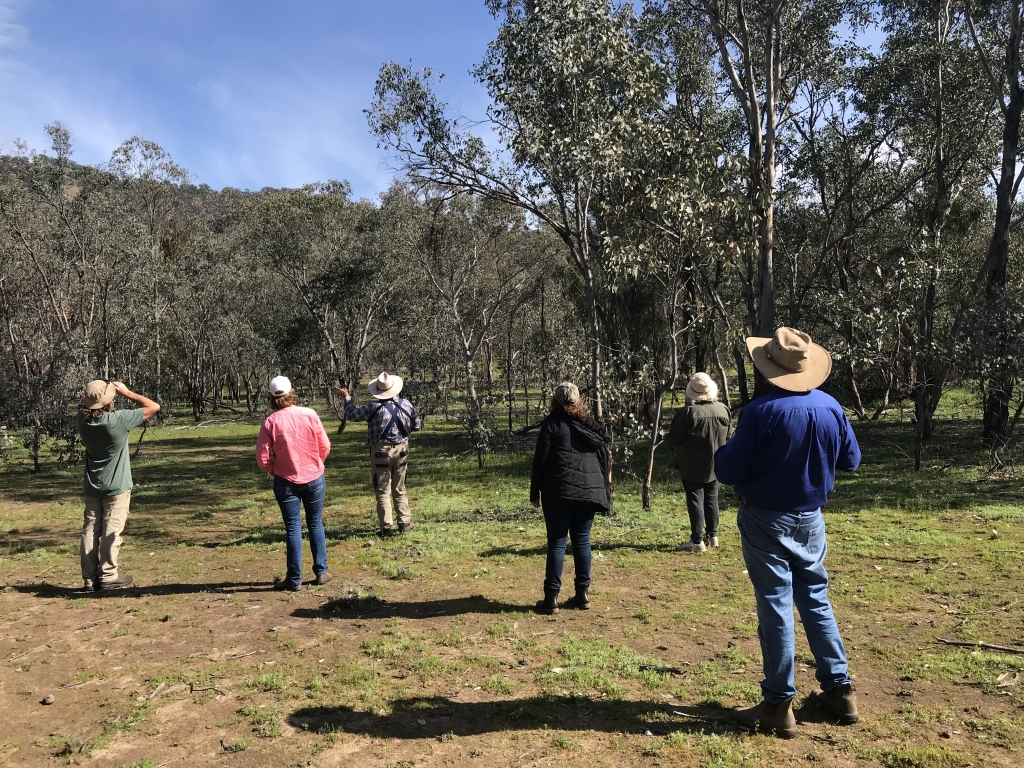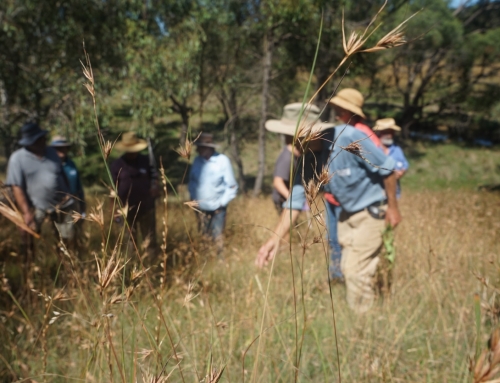Teachers from five local schools joined the K2W team in Bathurst at the first of two workshops to develop learning material to inspire the next generation of nature carers.
The workshop forms part of a collaborative project between the Great Eastern Ranges Initiative (GER) and the Office of Environment and Heritage (OEH) to develop educational material on biodiversity for the NSW’s school curriculum.
Teachers from Blaney High School, Crookwell Primary School, Boorowa Central School and Wyangala High School took part.
Along with a series of events and activities for local school children, the learning package will form part of the new Glideways program, a conservation program being run by the K2W partnership to conserve gliders and their habitat in the Abercrombie Catchment.
“The aim of the education project is to encourage life-longing learning and care for local biodiversity through fun and collaborative activities-based learning. We are hoping that the new learning package will be adopted by many of the local schools. The enthusiastic response we have received from the teachers we have engaged to date is very promising,” says Mary Bonet, K2W Facilitator.
Teachers will be offered online professional development on how to deliver the material.
Though the content and activities will be applicable for the entire area, schools in three K2W landscapes with important glider populations will be the major focus of the project: Copperhania/Neville, Bigga and the Abercrombie River.
“Support for biodiversity programs will be provided for schools in these regions, with primary school students encouraged to develop a project to conserve a local species of their choice for presentation at the 2016 Kids Teaching Kids conference,” says Mary.
“The three best ideas in each district will be awarded a small grant to implement the project, which could include nest box building, seed collection, propagation and planting, or funding to employ a guest science speaker.”
Secondary school children will undertake more detailed research projects on an aspect of connectivity or local species ecology and develop a proposed action for implementation.
“By teaching children about the importance of our local biodiversity and unique animals like gliders, we hope to inspire a new generation of nature carers,” Mary concludes.
The final learning package will be launched at an event in early 2016.
